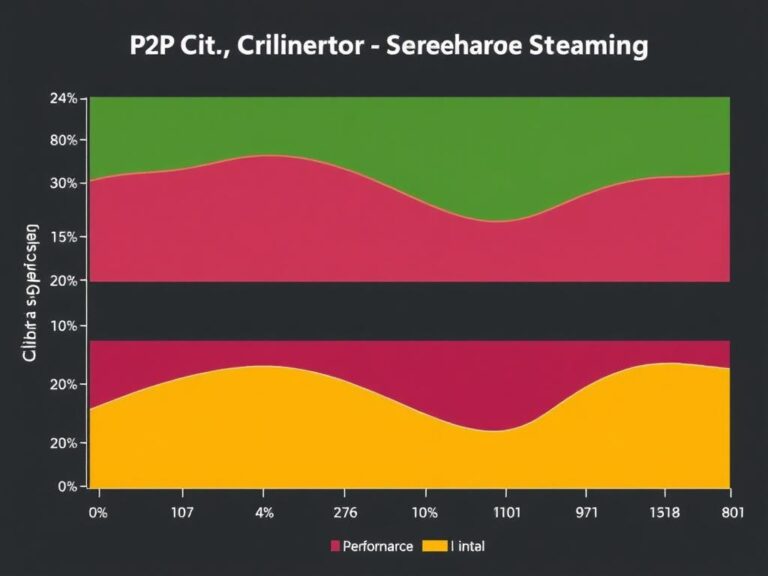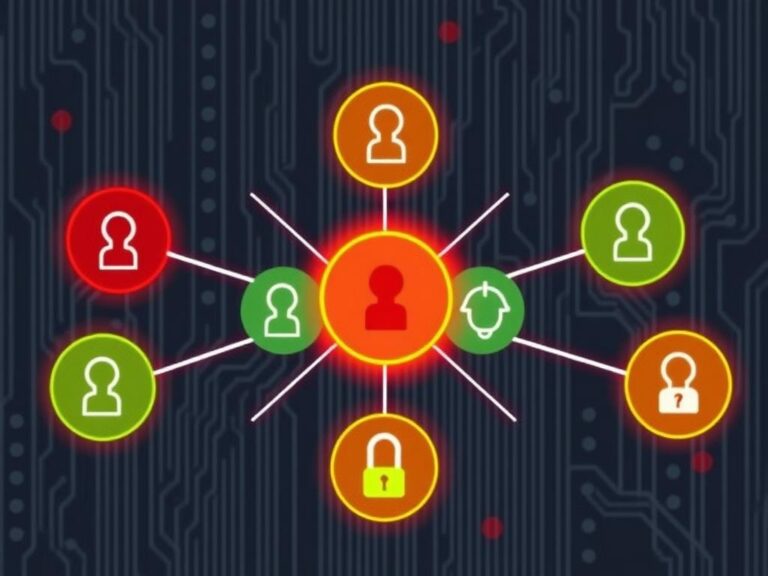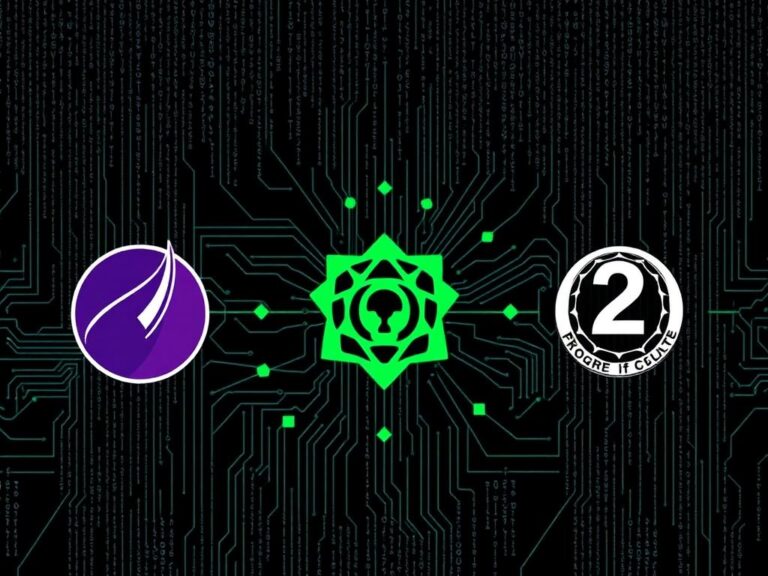P2P Voice and Video Calling: Exploring the Pros and Challenges of Direct Communication
In today’s fast-paced digital world, staying connected has never been more important. Whether it’s chatting with friends, catching up with family, or collaborating with colleagues, voice and video calling play a vital role in how we communicate. One technology that has gained significant traction in this area is Peer-to-Peer (P2P) voice and video calling. Unlike traditional calling systems that rely heavily on centralized servers, P2P calling offers a different approach by connecting users directly. This article dives deep into the world of P2P voice and video calling, discussing its advantages and the challenges that come along with it.
What is P2P Voice and Video Calling?

At its core, Peer-to-Peer (P2P) voice and video calling is a communication method where two or more users connect directly without intermediaries like central servers. In simpler terms, when you make a call using P2P technology, your devices communicate with each other over the internet rather than routing your call through a remote data center.
This direct connection not only can reduce latency and improve call quality but also shifts how data travels across the network. Instead of passing through centralized hubs—which can sometimes bottleneck traffic or cause delays—data packets flow directly from one peer to another, providing a faster and more efficient communication channel.
Advantages of P2P Voice and Video Calling
There are plenty of reasons why P2P voice and video calling has become an attractive choice for many developers, companies, and end-users alike. Let’s explore some of these benefits:
- Lower Latency and Better Call Quality: Because data travels directly between users, the connection is often faster and more stable, leading to clearer voice and video quality with less lag or delay.
- Cost Efficiency: Without the need for expensive server infrastructure to relay calls, P2P calling can be more cost-effective for businesses, reducing overhead while still delivering high-quality service.
- Enhanced Privacy: Since data is not routed through third-party servers, P2P calls can be inherently more private, minimizing exposure to data breaches or third-party surveillance.
- Scalability: Because P2P doesn’t rely on server capacity to handle each call, it can naturally scale when more users join the network, making it ideal for decentralized applications.
- Resilience: Direct connections can be more resilient in cases where server outages would otherwise interrupt service.
Table 1: Summary of P2P Voice and Video Calling Advantages
| Advantage | Description | User Impact |
|---|---|---|
| Lower Latency | Direct data paths reduce delay | Smoother, real-time conversations |
| Cost Efficiency | No need for costly relay servers | More affordable services |
| Enhanced Privacy | Less data exposure to third parties | Greater user security and trust |
| Scalability | Handles growth without server strain | Better support for large user bases |
| Resilience | Less vulnerable to server failures | More reliable connections |
Challenges of P2P Voice and Video Calling
While P2P voice and video calling offers compelling advantages, it’s important to recognize the challenges that accompany this technology. Building a seamless, secure, and reliable P2P calling experience involves addressing several technical and operational obstacles.
Network Address Translation (NAT) and Firewalls
Most internet users sit behind routers that use Network Address Translation (NAT), which can hinder direct peer-to-peer connections. Firewalls designed to protect users can also block the traffic necessary for P2P calling. Overcoming these requires advanced techniques like STUN, TURN, and ICE protocols that help peers discover and establish connections, but they add complexity to implementation.
Security Concerns
P2P systems improve privacy by reducing intermediary servers, but they also place greater responsibility on the endpoints. Ensuring end-to-end encryption and protecting against malicious users or data interception becomes critical. Unlike centralized services where security protocols can be centralized and monitored, P2P networks are inherently more distributed and can be harder to govern.
Bandwidth and Resource Management
Since P2P calls transmit data directly between devices, each device must have sufficient bandwidth and computing power to handle the call. For video calling especially, this can be demanding for users on slower connections or lower-end devices. It also means the experience can vary significantly between participants.
Quality Control
With a lack of centralized servers to monitor and optimize connections, maintaining consistent call quality can be challenging. Factors like packet loss, jitter, or network instability can degrade the user experience. Solutions often involve sophisticated error correction algorithms or fallback mechanisms, which add to the complexity.
Compatibility and Integration
Implementing P2P voice and video calling requires compatibility across different devices, operating systems, and networks. Some devices or configurations may restrict P2P connections due to security policies or technical limitations. Developers need to ensure smooth integration with existing platforms, which can be a significant hurdle.
Table 2: Common Challenges in P2P Voice and Video Calling
| Challenge | Description | Impact on Users and Developers |
|---|---|---|
| NAT and Firewalls | Restrictions on direct connections | Complex setup, potential call failures |
| Security | Protecting data without central control | Higher risk if endpoints are compromised |
| Bandwidth | Demands on device and network resources | Variable call quality, device strain |
| Quality Control | Maintaining consistent experience | Possible drops in connection quality |
| Compatibility | Diverse devices & platform requirements | Integration complexity, call failures |
Use Cases of P2P Voice and Video Calling
P2P voice and video calling is widely used in multiple industries and applications, highlighting its flexibility and potential. Some of the most popular use cases include:
- Personal Communication Apps: Many consumer apps prefer P2P calling to reduce costs and enhance call quality in one-on-one conversations.
- Gaming Communities: Real-time voice chat in multiplayer games often uses P2P connections to minimize lag and server load.
- Decentralized Platforms: Blockchain-based social networks or communication tools leverage P2P to avoid central points of failure and control.
- Remote Collaboration Tools: Teams working remotely benefit from quick, direct communication channels without bandwidth bottlenecks.
- IoT Devices: Smart home gadgets or connected devices can use P2P to communicate efficiently without relying on cloud servers.
Enhancing P2P Calling with WebRTC
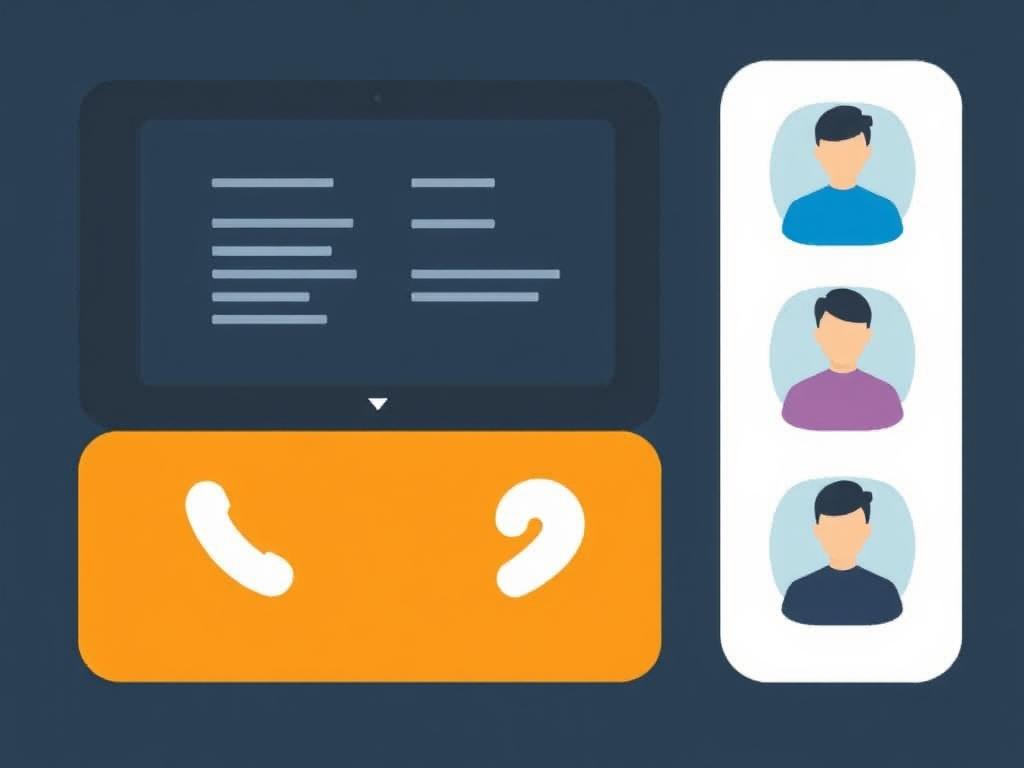
One of the biggest enablers of P2P voice and video calling is WebRTC (Web Real-Time Communication). This open-source project provides browsers and mobile apps with simple APIs to establish direct peer connections with support for voice, video, and data sharing. WebRTC handles many of the underlying complexities such as NAT traversal, encryption, and codec management, making it easier for developers to build P2P calling solutions.
Future of P2P Voice and Video Calling
As internet connectivity grows faster and more reliable worldwide, P2P voice and video calling is poised for wider adoption. Advances in AI-driven network management, stronger encryption methods, and better NAT traversal techniques will help overcome existing challenges. Additionally, with growing concerns over privacy and data control, users may increasingly favor P2P solutions over centralized alternatives.
Emerging technologies like decentralized identity (DID) and blockchain could further enhance security and trust in P2P communication networks. Coupled with 5G networks offering ultra-low latency, the future could see near-instantaneous, private, and high-quality calls directly between peers.
Conclusion
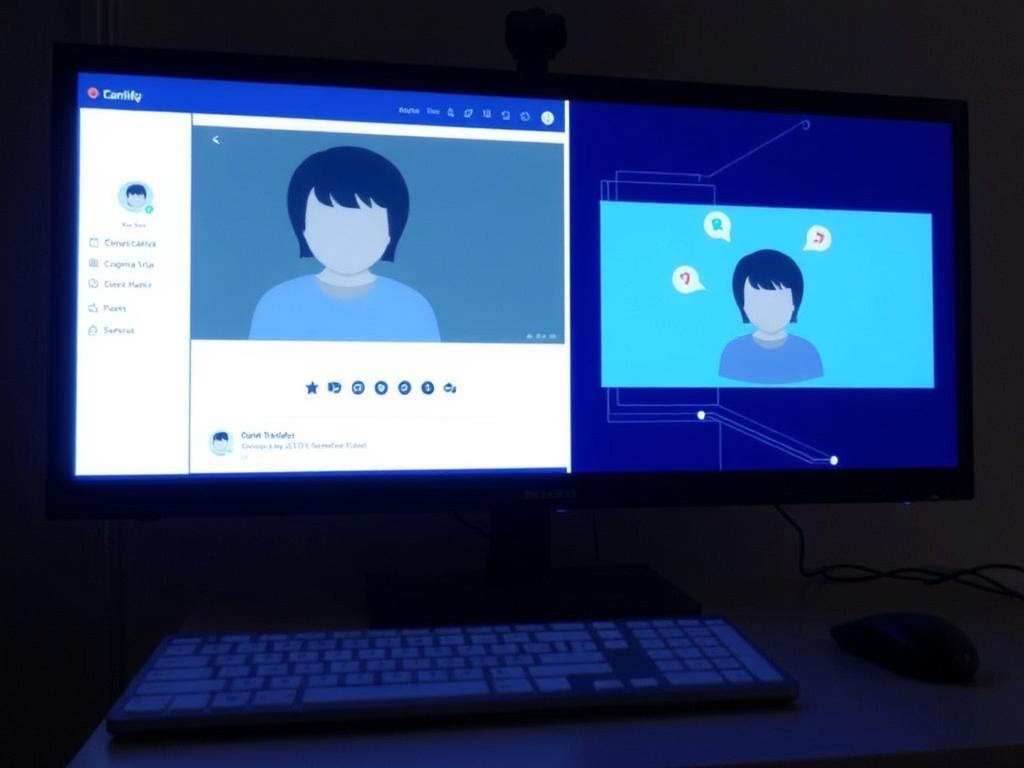
P2P voice and video calling presents a promising alternative to traditional, server-dependent communication methods by enabling direct, private, and cost-effective connections. While the technology offers clear advantages such as lower latency, improved privacy, and scalability, it also faces significant challenges including NAT traversal, security management, and resource demands. Thanks to advancements in tools like WebRTC and growing consumer interest in decentralized communication, many of these hurdles are being addressed, paving the way for more widespread adoption. As technology continues to evolve, embracing the potential of P2P voice and video calling could transform how we connect, collaborate, and interact in a digital-first world.

